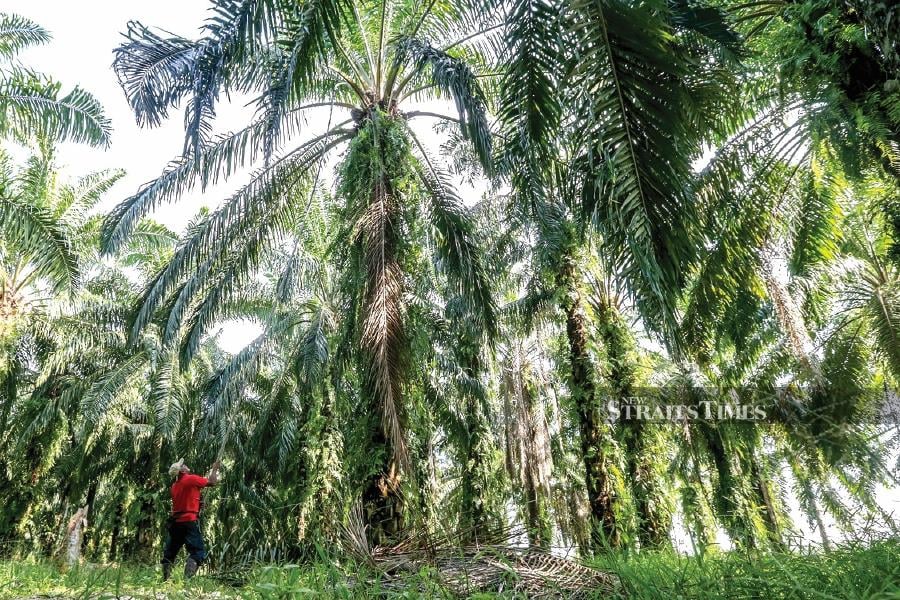Oil Palm Farming Gains Momentum in Chittoor

The Andhra Pradesh government is promoting oil palm cultivation in Chittoor district to boost farmer incomes and reduce India’s reliance on edible oil imports. With government subsidies and public-private partnerships, farmers can earn up to Rs 2 lakh per acre annually. The initiative is backed by the Andhra Pradesh Oil Palm Act and national funding to ensure sustainable growth in the sector.
Tirupati: The Andhra Pradesh government is promoting oil palm cultivation, dubbed the “Golden Crop”, across Chittoor district to boost farmers’ incomes and cut the nation’s reliance on edible oil imports through public-private partnerships.
Despite a strong agricultural sector, India continues to face a shortfall in edible oil production. Per capita consumption of cooking oil has risen from 15.8 kilograms in 2012-13 to 19 kilograms today.
In 2020-21 alone, the Centre spent nearly Rs 80,000 crore to import 133.5 lakh tonnes of edible oil, while domestic production reached only 122.89 lakh tonnes. To bridge this gap, both the state and central governments are promoting oil palm cultivation, a crop that yields five times more oil than traditional oilseeds, producing 4 to 6 tonnes per hectare.
Currently, horticultural crops cover about 72,000 acres in Chittoor district, with mangoes and tomatoes dominating. Totapuri mango is cultivated widely across 25 mandals. To diversify crop patterns, mandals such as Nagari, Nindra, Vijayapuram, Karvetinagaram, Srirangarajapuram, and Gangadhara Nellore have been identified for oil palm farming. Private players like Godrej Company, FFF Company, and Amma Oil Palm Company have partnered with the government to facilitate cultivation, providing quality saplings free of cost under subsidy schemes and ensuring post-harvest procurement.
“Oil palm cultivation offers a steady income with weekly harvests and payments, reducing risks from middlemen and price fluctuations”, said a senior horticulture official. According to him, farmers receive a subsidy of Rs 30,000 per hectare for imported saplings and Rs 20,000 for Indian saplings. Additionally, Rs 10,500 per year for four years, covering maintenance and intercropping, is directly credited to farmers’ accounts. Subsidies are available for up to four hectares per farmer.
Farmers like E. Elumalai from Bugga Agraharam village are already seeing the benefits. “Earlier, I grew sesame and black gram, but with government support, I switched to oil palm and earned Rs 15,000 from 750 kg of produce,” he shared.
After three years, oil palm trees begin yielding up to 10 tonnes per acre annually. At the procurement rate of Rs 20,750 per tonne, farmers can potentially earn around Rs 2 lakh per acre per year. Cocoa cultivation as an intercrop can further add income up to Rs 2 lakh per acre.
“Government efforts are supported by the Andhra Pradesh Oil Palm Act, 1993, and central schemes like the NMEO-OP, under which Rs 11,000 crore has been allocated till 2037. The government also plans to set up local oil extraction factories, ensuring sustainable and profitable farming avenues for the future, the horticulture official added.
To Read more about Edible Oil News continue reading Agriinsite.com
Source : Deccan Chronicle
















